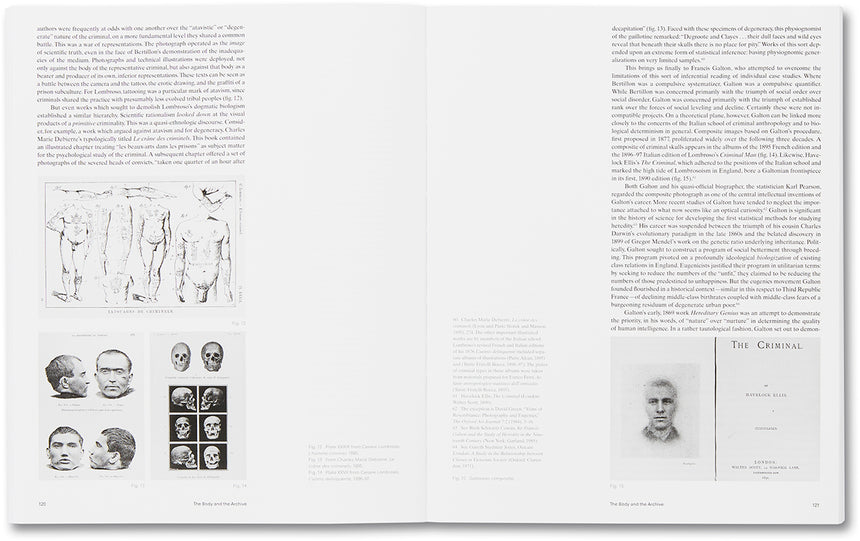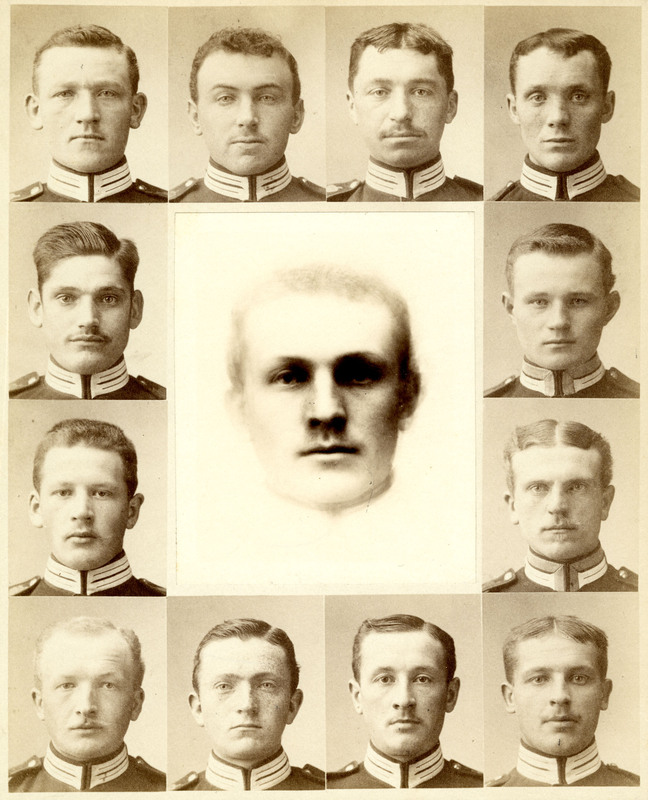

Regarding the ontology of the photographic image – this enables the subject to elude death because, by its very nature, the image preserves the subject through the act of memory and remembering – the ‘victory of time’ in artificially preserving bodily appearance. I’ve much more to read on this so the following are serving as a bookmark. Notes on the indexicality of photography and memory However, a photograph removed from its original context can yield hitherto unnoticed information for example Gillian Rose’s respondents believed their family photos were truthful in showing what somebody really looked like but they could also see truths not seen at the time – such as illness (G. Thomas Demand made this point about the construction of historical memory and the partiality of photographic vision with his work Room ( Zimmer) 1996 when he re-staged a 1944 photograph by Adolf Hitler’s official photographer.ĭemand created paper tableaux and photographed them to provide an illusion of the ‘real’, attempts to reconstruct an historically grounded, 3D ‘reality’ based only on information contained in media photographs. However, when photographs are removed from their original context (including a family album) they become detached from collective memory and are forgotten or might be revealed as images that in their very banality, erase or negate meaning. There’s anarchy though in an ‘archive’ consisting of fragments, ‘orphan’ photographs and un-dated documents which I think provides even more freedom to make of it what one will.
#Allan sekula the body and the archive archive
The concept of an archive depends on a recognized structure, just as a family album usually has a particular structure/order to form a narrative that the maker wishes to portray. I think that Photoshop layers are another way of portraying new narratives layering different photographs, documents or fragments from different time periods and have experimented with using this strategy.

Then I considered the photograph as such – the mechanics of its construction, the way in which ink is layered on the photographic paper and how the photograph as an object in itself is affected by changes through time – changes which can be analysed.
#Allan sekula the body and the archive skin
This widened my thoughts towards the traces left on our skin from our life experiences – scars, wrinkles, tattoos. Freud 1925) and its similarity to a palimpest in how it leaves a trace of the writing that has been erased.

I was taken by Freud’s concept of the Mystic Writing-Pad, (S. Foster and my summary here and also my writing on the way in which photographers have approached archives here. Like other archives photographic archives also only present a version of the ‘truth’ but can be similarly de-constructed to find hidden meanings and produce new work (see H. As such the making of a photograph is a mechanism of time-travel through which we return to the past and also create new meanings. Photography is simultaneously the documentary evidence and archival record of an event (Okwui Enwezor 2008) see here also. Artists can ‘lend speech’ to traces of the past. Archives hide history, secrets and truth but can be interrogated – or psycho-analysed as Jacques Derrida termed it (bearing in mind he said this in the context of a Conference at the Freud Museum) Derrida, J (1995)– and de-constructed to explore new meanings. This will mean that its contents are filtered to meet that purpose both from the intentions of the archive itself and also the fact that it is not possible to keep everything.

The following notes are a synthesis of my reading (so far)Īny archive has a structure and has been built for a specific purpose. Readings and Reflection: Brief notes on Archives, Photographs and Indexicality


 0 kommentar(er)
0 kommentar(er)
